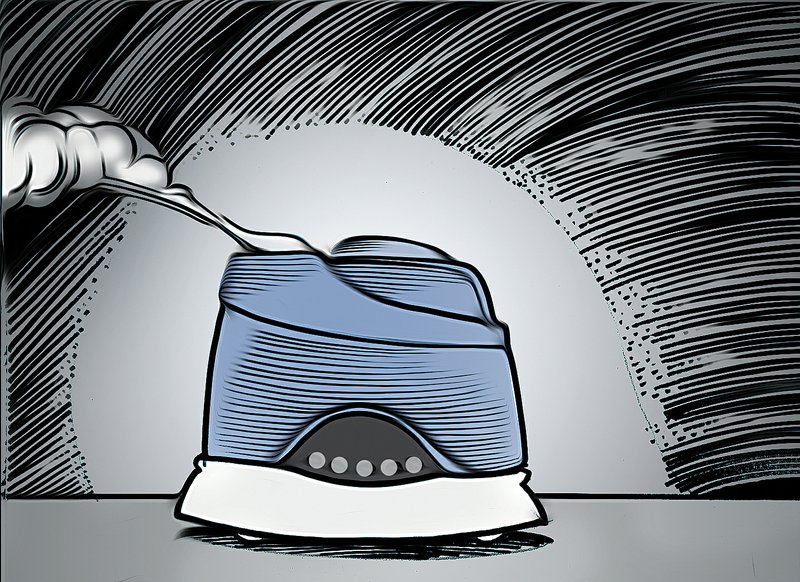The air inside of my home has become extremely dry this winter -- everyone living there is dealing with dry skin, cracked lips, and my youngest child even recently had a nose bleed. What are the best ways to put moisture back into the air without harming our home and its contents?
"A humidifier would be the first thing I would think of to put moisture back into the air," says Mary Beth Sanders, Pulaski County extension agent with the University of Arkansas Cooperative Extension Service.
"Too much dry air in a home will make your skin, scalp, hair, everything dry," she says. "A lot of people use humidifiers when they are sick and it helps put moisture back into the air. They now have humidifiers that you can put the essential oils in, which will also make your home fragrant."
Humidifiers release water vapor to increase the air's humidity. They are sold in an array of sizes, from a small table-top design to units that will service a 6,200-square-foot house and require an HVAC professional to install. There are also warm- and cool-mist models. When shopping for one, consider how much noise it makes, the levels of moisture it releases, and the convenience of refilling the unit.
Sanders also recommends that if there's a dehumidifier being used in the house the rest of the year, decrease its use during the cold, dry months.
"We have one we use in the basement to keep mold from growing," she says. "But those who have these should set it on low so it doesn't suck as much moisture out of the air."
For those on a limited income or looking to cut costs, water, a pot and the kitchen stove will work, Sanders says.
"Putting a pot of boiling water on the stove and having it steam would be good and a cheap fix, and you wouldn't have to go buy anything." But, she says, remember to keep everything in moderation in the already warm environment into which moisture is being added.
"You could overdo it and then have mold and mildew start to grow, so I would limit it to about a half-gallon of boiling water a
day," for a home of 1,500 to 2,000 square feet.
Sanders says there are ways to determine if too much moisture is being added.
"You can start to tell, even in a cold room, if you touch the walls and they feel moist, you've got way too much water in the air."
What about adding plants that naturally release moisture into the air?
"That may help a little, but I don't know if it would be enough to make a difference if the air is really dry, and enough so to be causing nose bleeds," Sanders says.
More importantly, be sure to check for and seal any obvious cracks around doors, windows and fireplace chimneys, since cold air also reduces relative humidity. Also consider wearing a sweater or sweatshirt inside instead of turning up the thermostat and increasing the artificial hot, dry air.
Do you have a decorating or remodeling question? Send your question to Linda S. Haymes, Arkansas Democrat-Gazette, P.O. Box 2221, Little Rock, Ark. 72203 or email:
lhaymes@arkansasonline.com
HomeStyle on 02/18/2017
